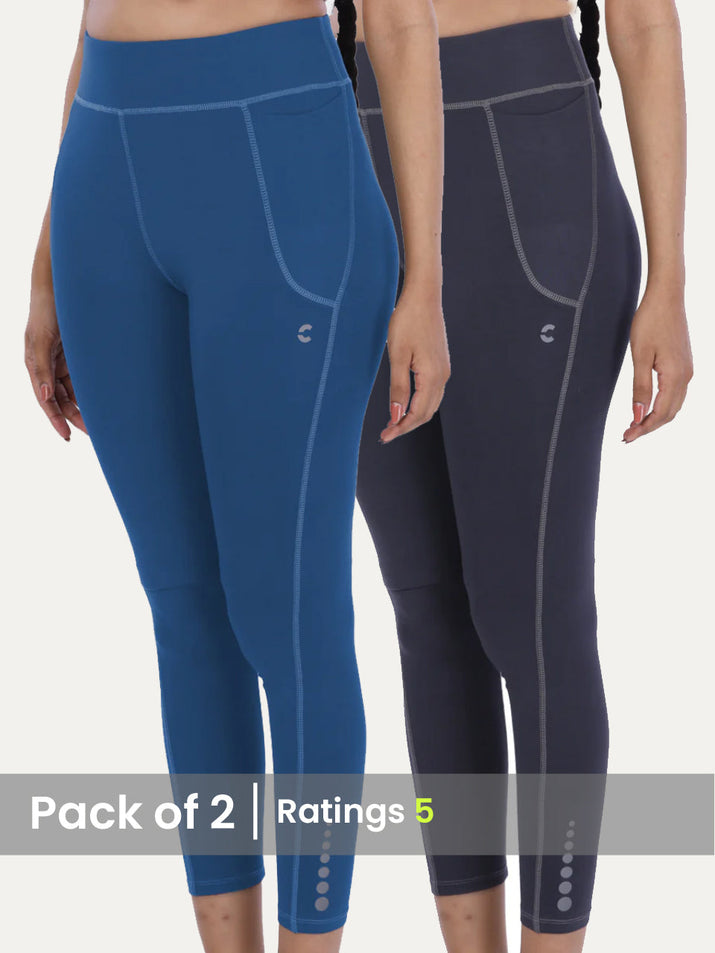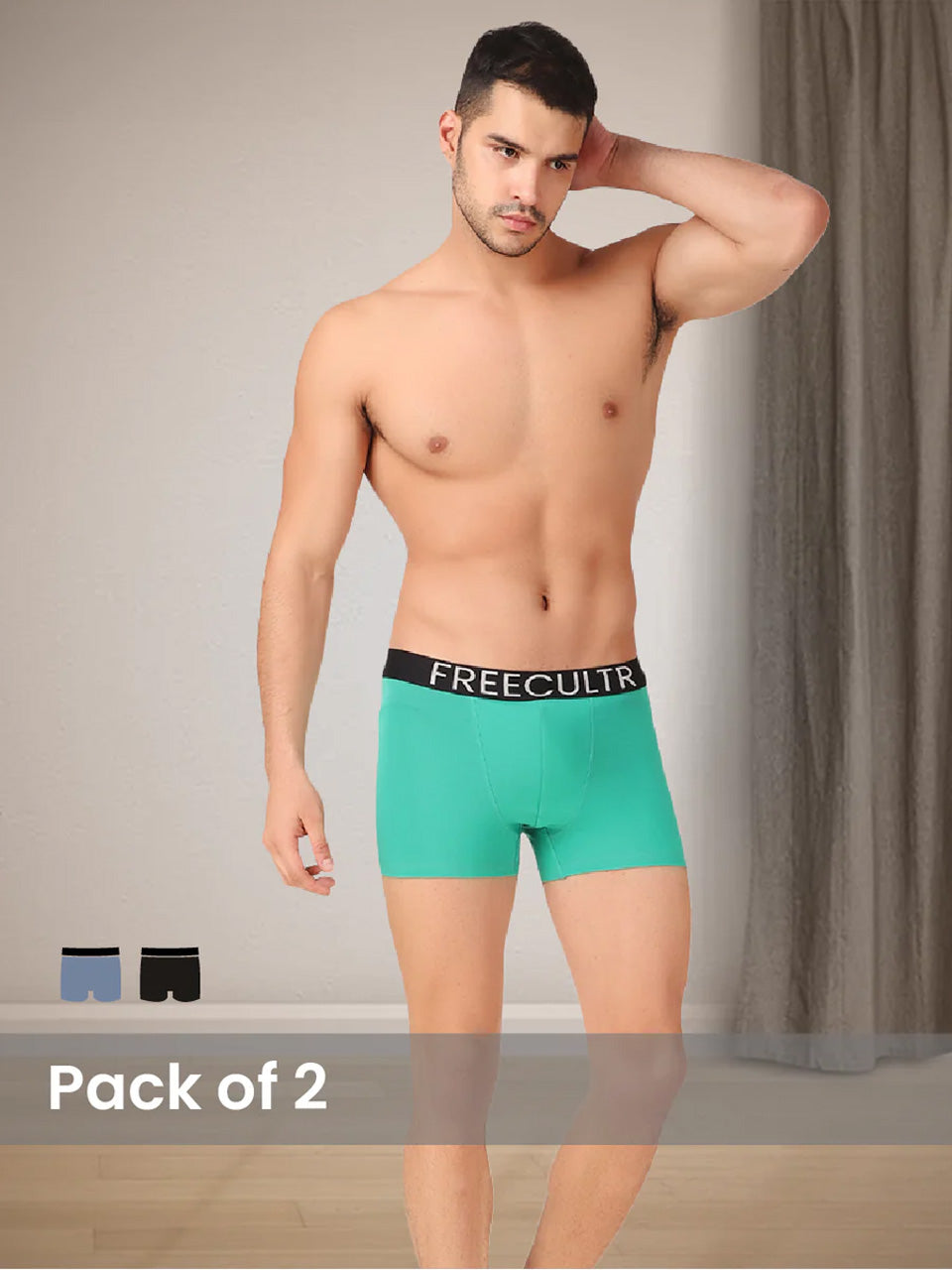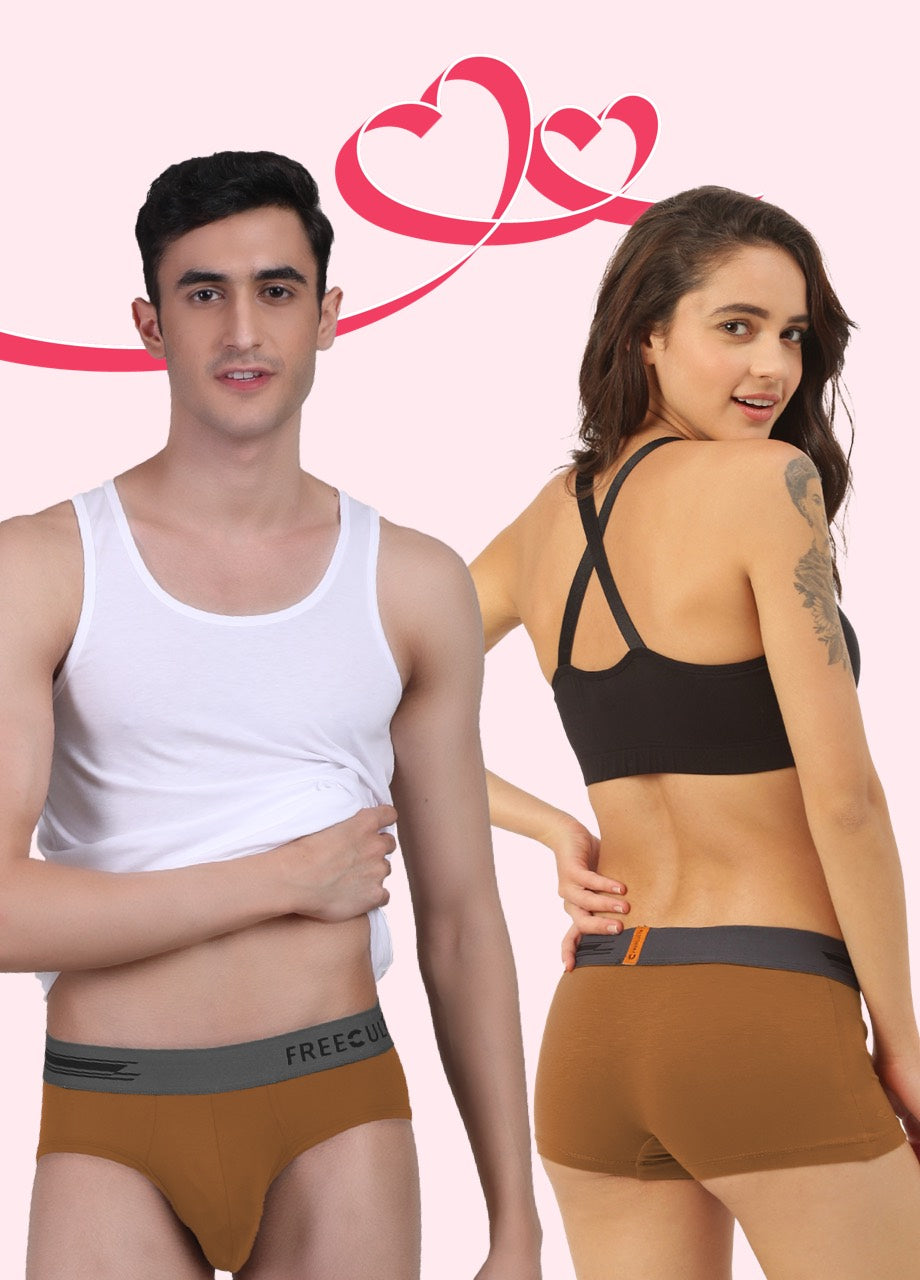The innerwear market, currently valued at billions and experiencing a surge in demand for sustainable and performance-enhancing fabrics, faces a critical challenge: balancing comfort with lasting freshness. Traditional materials often fall short, leading to discomfort and odor retention. We address this by exploring advanced textile technologies, focusing on moisture-wicking capabilities and antimicrobial treatments. Key innovations like incorporating bamboo fibers and silver-ion technology will be examined for their effectiveness. The journey ahead details how these advancements are implemented to create innerwear that truly delivers enhanced comfort and lasting freshness, setting a new standard for the industry.

The Science of Comfort: Understanding Fabric Technology
The quest for comfortable innerwear begins with understanding the science behind fabric technology. It's no longer just about cotton; modern innerwear leverages advancements in material science to offer superior comfort and performance. Key to this is the fiber itself, its weave. Any applied finishes.
- Moisture Wicking The ability of a fabric to draw moisture away from the skin and evaporate it, keeping you dry and comfortable.
- Breathability Refers to how well a fabric allows air to circulate, preventing overheating and promoting ventilation.
- Antimicrobial A treatment applied to fabrics to inhibit the growth of bacteria and fungi, reducing odor and improving hygiene.
- Thermoregulation The ability of a fabric to help maintain a consistent body temperature, regardless of external conditions.
- Microfibers Extremely fine synthetic fibers (like polyester or nylon) that create soft, lightweight. Highly breathable fabrics. They are excellent at moisture wicking and often used in performance innerwear.
- Modal A semi-synthetic fiber made from beech tree pulp. It's incredibly soft, absorbent. Resistant to shrinkage. Often blended with other fibers for added comfort.
- Bamboo Viscose A rayon fiber made from bamboo. It's naturally antimicrobial, breathable. Has excellent moisture-wicking properties.
- Merino Wool A natural fiber known for its softness, warmth. Moisture-wicking capabilities. Unlike traditional wool, merino is less itchy and more comfortable against the skin.
Moisture Management: Staying Dry and Fresh
One of the biggest advancements in innerwear has been in moisture management. Nobody enjoys the feeling of damp or sweaty clothing, especially in sensitive areas. Moisture-wicking fabrics are designed to combat this, drawing perspiration away from the skin and allowing it to evaporate quickly. This not only enhances comfort but also helps prevent chafing and irritation. Fashion and Comfort meet when moisture management is effectively implemented.
Moisture-wicking fabrics utilize a combination of fiber properties and fabric construction. The fibers themselves may be hydrophobic (repel water) or have a capillary structure that draws moisture along the surface. The fabric weave creates channels that allow air to circulate and facilitate evaporation.
Consider athletes who wear moisture-wicking innerwear during intense workouts. These garments help regulate body temperature and prevent the buildup of sweat, improving performance and comfort. Similarly, individuals who work in hot or humid environments benefit from the enhanced comfort and hygiene provided by moisture-wicking undergarments.
Antimicrobial Protection: Combating Odor and Bacteria
Antimicrobial technology is a game-changer for innerwear. It involves treating fabrics with substances that inhibit the growth of bacteria and fungi. This reduces odor, helps prevent infections. Extends the lifespan of the garment.
- Silver Ion Technology Silver ions are known for their antimicrobial properties. They disrupt the cellular function of bacteria and fungi, preventing their growth. Silver ion treatments are often incorporated into the fabric during manufacturing or applied as a finish.
- Zinc Pyrithione Another common antimicrobial agent that inhibits the growth of microorganisms.
- Triclosan While effective, triclosan is becoming less common due to environmental concerns and potential health risks.
It's vital to consider the environmental impact of antimicrobial treatments. Some chemicals can leach into the environment during washing. Look for innerwear that uses sustainable antimicrobial technologies and adheres to eco-friendly manufacturing practices. Fashion and Comfort don't have to come at the expense of the planet.
Seamless Construction: Eliminating Irritation
Traditional seams can be a source of discomfort, causing chafing and irritation, especially in areas prone to friction. Seamless construction techniques eliminate or minimize seams, creating a smoother, more comfortable fit. This is particularly beneficial for active individuals and those with sensitive skin.
Seamless garments are typically produced using circular knitting machines that create a tube of fabric. This eliminates the need for side seams and reduces the number of seams overall. The result is a garment that conforms to the body's contours without digging in or causing irritation.
In addition to seamless knitting, bonding and laser cutting are used to create clean, finished edges without the bulk of traditional seams. Bonding involves using adhesives to join fabric pieces together, while laser cutting provides precise, fray-resistant edges.
Comparison of Common Innerwear Fabrics
| Fabric | Pros | Cons | Best For |
|---|---|---|---|
| Cotton | Breathable, affordable, comfortable | Absorbs moisture (not ideal for high-intensity activities), can shrink | Everyday wear, casual activities |
| Microfiber (Polyester/Nylon) | Excellent moisture wicking, lightweight, durable | Can retain odors if not treated with antimicrobial finish, less breathable than natural fibers | Sports, workouts, hot weather |
| Modal | Incredibly soft, absorbent, resistant to shrinkage | More expensive than cotton | Everyday wear, lounging |
| Bamboo Viscose | Naturally antimicrobial, breathable, moisture wicking | Can be more delicate than other fabrics, production process can be environmentally intensive | Sensitive skin, warm weather |
| Merino Wool | Soft, warm, moisture wicking, odor resistant | More expensive, requires special care | Cold weather, hiking, travel |
The Future of Innerwear: Innovations on the Horizon
The innerwear industry is constantly evolving, with new technologies and materials emerging all the time. Expect to see even greater emphasis on sustainability, personalization. Performance.
- Smart Fabrics Incorporating sensors and electronics into innerwear to monitor vital signs, track activity levels. Provide personalized feedback.
- Biodegradable Materials Developing innerwear from sustainable, biodegradable materials that minimize environmental impact.
- Customized Fit Using 3D scanning and printing technologies to create innerwear that is perfectly tailored to individual body shapes and preferences.
The future of innerwear is bright, promising even greater levels of comfort, performance. Sustainability. Choosing the right innerwear can significantly impact your overall well-being, so it's worth investing in garments that prioritize comfort, hygiene. Environmental responsibility. As technology advances, the possibilities for enhancing the Fashion and Comfort equation in innerwear are endless.
Conclusion
Let’s solidify what we’ve explored about innerwear that prioritizes enhanced comfort and lasting freshness. We've learned how crucial fabric choice, breathability. Innovative design are in achieving a superior everyday experience. Now, the real test is in the implementation. Next time you're shopping for innerwear, actively consider the fabric composition. Look beyond just "cotton" and explore options like TENCEL™ Modal, known for its exceptional softness and moisture-wicking properties. Pay attention to construction details like flatlock seams, which minimize chafing, a small detail that makes a huge difference. Think of this as an investment in your daily well-being. As you transition to choosing innerwear thoughtfully, track your comfort levels and how long the garments stay fresh. A good indicator of success is reduced irritation, increased confidence. A feeling of freshness that lasts throughout your day. Remember, the journey towards ultimate comfort and freshness is a continuous exploration. With conscious choices, you’ll undoubtedly find the perfect fit for your needs, like ditching regular brands for more sustainable and ethical options. Read more about ethical choices here.More Articles
Beyond the Basics: Why Freecultr is the Ethical Choice in Men’s InnerwearCarbon-Conscious Comfort: How Freecultr Reduces Its Environmental Impact
The Greener Wash: What Makes Freecultr’s Dyeing Process Eco-Friendly
Fair Wages, Fair Practices: How Freecultr Supports Workers Behind the Seams
FAQs
Okay, so what's the big deal about 'enhanced comfort' in innerwear anyway? What makes it better?
Great question! 'Enhanced comfort' usually means the innerwear is made with softer, more breathable fabrics like modal, bamboo, or even just higher-quality cotton. It also focuses on things like seamless designs, tagless labels. Better elastic that doesn't dig in. , it's all about feeling like you're wearing next to nothing... In a good way!
What fabrics are actually good for keeping things fresh down there? I'm tired of feeling sweaty!
You're not alone! Look for fabrics that wick away moisture, like modal, bamboo, or even performance fabrics designed for exercise. Cotton is okay. It can hold onto moisture, so it's not the best for staying fresh all day. Also, avoid synthetic fabrics like polyester or nylon as a primary material, especially if you're prone to sweating.
Lasting freshness, huh? Does that mean I don't have to wash my underwear as often? (Just kidding... Mostly!)
Haha, nice try! No, 'lasting freshness' doesn't mean you can skip laundry day. It means the fabric is designed to resist odor build-up. This usually involves antimicrobial treatments or naturally odor-resistant fibers like merino wool or silver-infused fabrics. Still gotta wash 'em regularly though!
I've seen innerwear advertised as 'breathable.' Is that just a marketing buzzword, or does it actually make a difference?
It definitely makes a difference! Breathable fabrics allow air to circulate, which helps keep you cool and dry. Look for fabrics with a looser weave or those designed to wick away moisture. It's not just a buzzword; it's key to comfort, especially in warmer weather or during exercise.
Are there any specific features, besides the fabric, that contribute to better comfort in innerwear?
Absolutely! Think about things like a smooth, flat waistband that doesn't roll down or dig in. Seamless designs are also amazing for preventing chafing, especially during workouts. And pay attention to the cut – a well-designed cut can make a huge difference in how comfortable and supportive the innerwear feels.
So, I'm convinced. Where do I even start looking for this 'enhanced comfort and lasting freshness' innerwear?
Many brands now offer innerwear with these features! Look at brands specializing in activewear or those that emphasize sustainable and comfortable fabrics. Read reviews to see what others are saying about the comfort and breathability. Don't be afraid to try a few different brands and styles to find what works best for you. And remember, you often get what you pay for – investing in quality innerwear is worth it for your comfort!
Okay, final question. Will buying fancy 'lasting freshness' underwear actually help with odor, or is it just a gimmick?
It can help. It's not a miracle cure. If you're struggling with excessive sweating or odor, it's always a good idea to talk to your doctor to rule out any underlying medical conditions. But, the right fabrics and antimicrobial treatments can make a noticeable difference in reducing odor and keeping you feeling fresher throughout the day. Just don't expect them to replace good hygiene!






